China's monetary policy will have more flexibility to accommodate the nation's ongoing economic recovery in the coming months as the United States' Federal Reserve has implied a rate hike pause, experts said on Thursday.
Rather than cutting benchmark interest rates or the reserve requirement ratio, they said that China's monetary support is more likely to focus on structural tools to funnel more liquidity into the real economy, as part of broader policy efforts to bolster the confidence of consumers and businesses.
On Wednesday, the U.S. Fed imposed its 10th interest rate hike since March 2022 by a quarter of a percentage point to the 5 to 5.25 percent range as expected, while no longer saying it "anticipates" further rate increases to bring down inflation.
Instead, the Fed said it will determine the extent to which additional policy firming may be appropriate, a significant change in wording that has made most analysts forecast a rate hike pause in June, with some even foreseeing the possibility of a rate cut by the end of the year.
"The signal is clear that the Fed is very much close to the end of its rate hike campaign," said Zhong Zhengsheng, chief economist at Ping An Securities.
"With the Fed taking a tightening pause, relevant negative spillover on China will fade and expand the scope for the country's monetary policy to support economic recovery," Zhong said.
Lou Feipeng, a researcher at the Postal Savings Bank of China, agreed, saying that the Fed's tightening pause would help ease the depreciation pressure on the renminbi because of the two countries' monetary policy divergence, giving China's monetary policy more flexibility.
After weakening by 9.2 percent last year, the central parity rate of the onshore renminbi against the U.S. dollar stabilized at 6.9054 on Thursday, strengthening by 0.85 percent so far this year upon expectations that the Fed is close to a tightening end.
Shao Yu, chief economist at Orient Securities, said the People's Bank of China, the country's central bank, may tap into the increased policy scope by amplifying targeted support for areas such as rental housing, property project delivery, carbon reduction and smaller businesses, instead of slashing benchmark interest rates.
"Aggregate liquidity condition is already ample. The key is to guide the liquidity into some key areas of the real economy to support investment and consumption," Shao said.
Central bank data showed that China's aggregate monetary condition has remained accommodative with the country's broad money supply, or M2, up by 12.7 percent year-on-year by the end of March, almost a seven-year high.
But targeted support still seems to be necessary for some sectors, experts said, as the official purchasing managers index for April has dropped into the contraction territory at 49.2, pointing to renewed pressure on manufacturers, especially small ones.
The central bank vowed in April to boost financial support for the manufacturing sector and employment while optimizing consumer financial services, as part of its all-out efforts to stabilize economic growth.













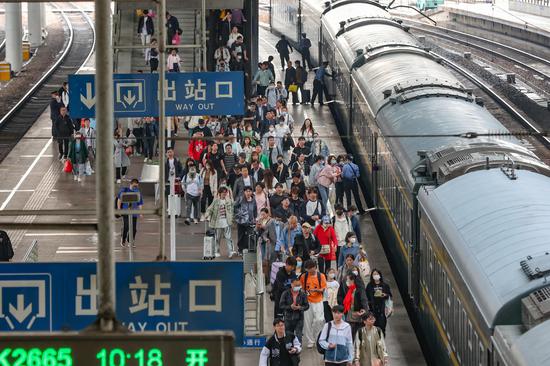

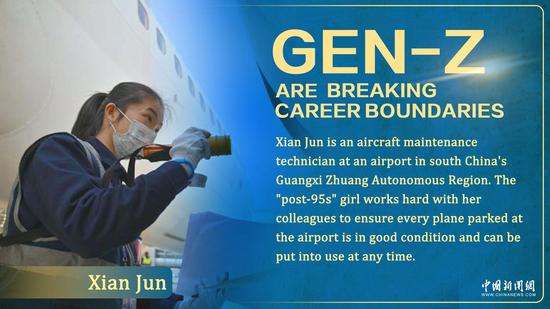





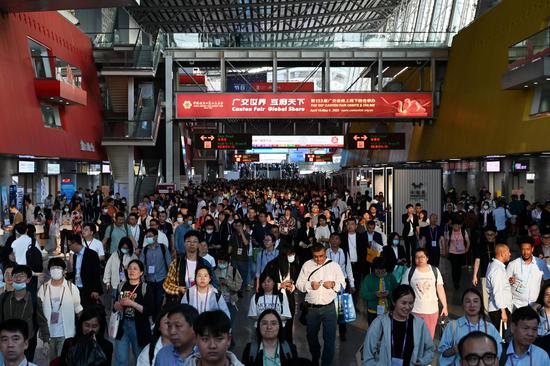




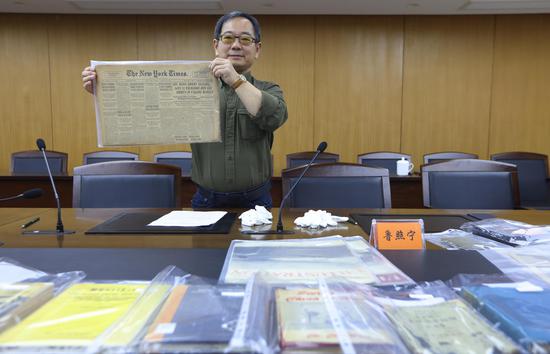







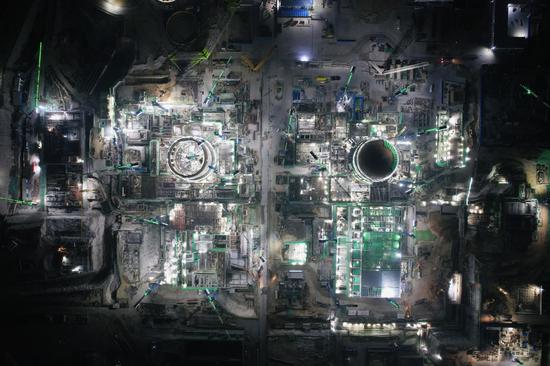











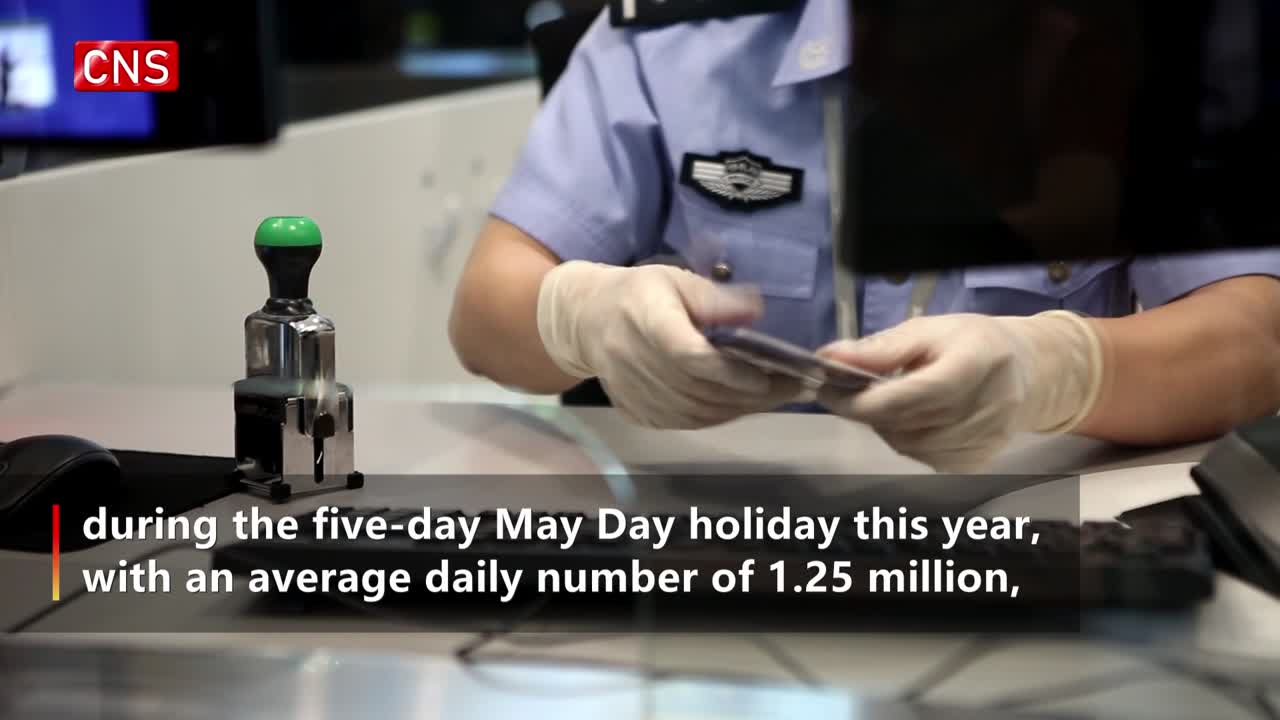

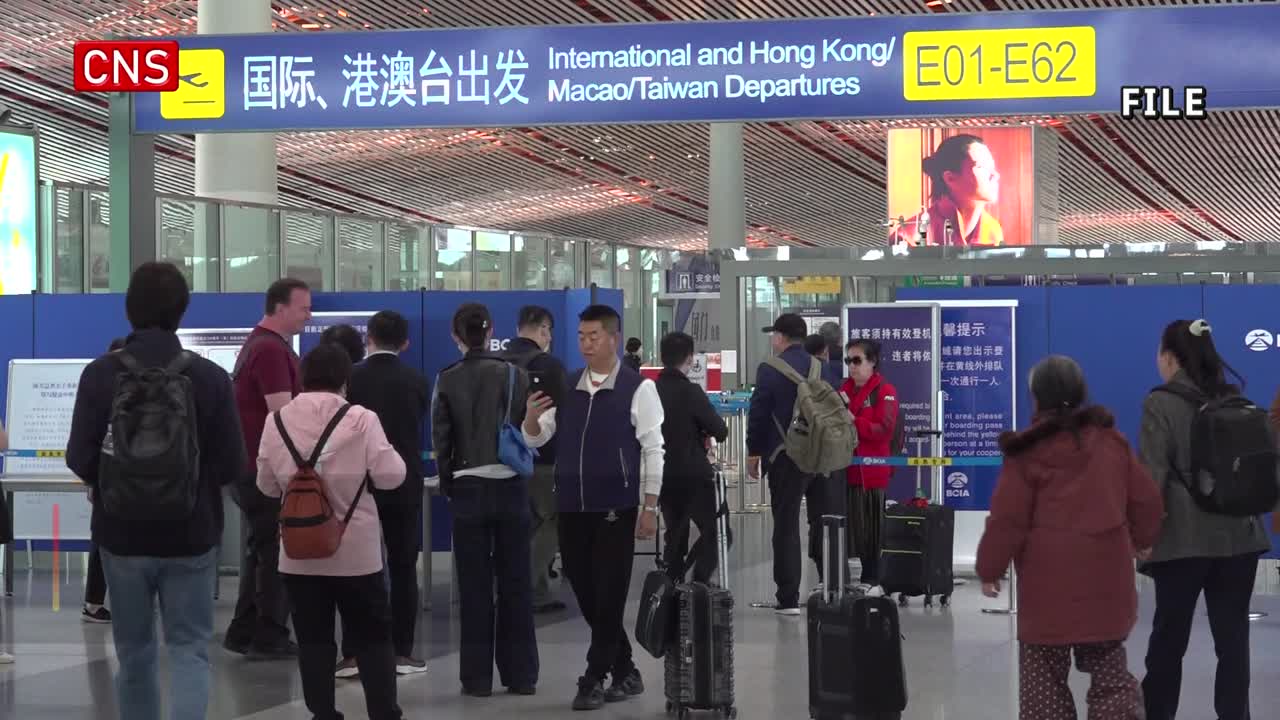

 京公网安备 11010202009201号
京公网安备 11010202009201号